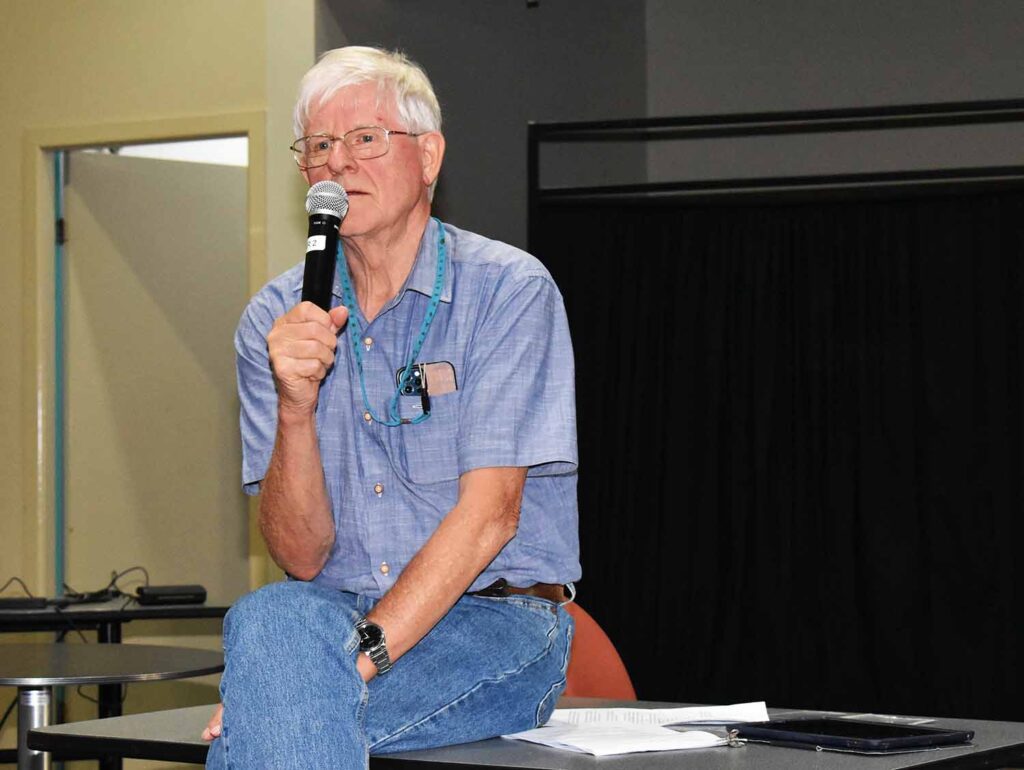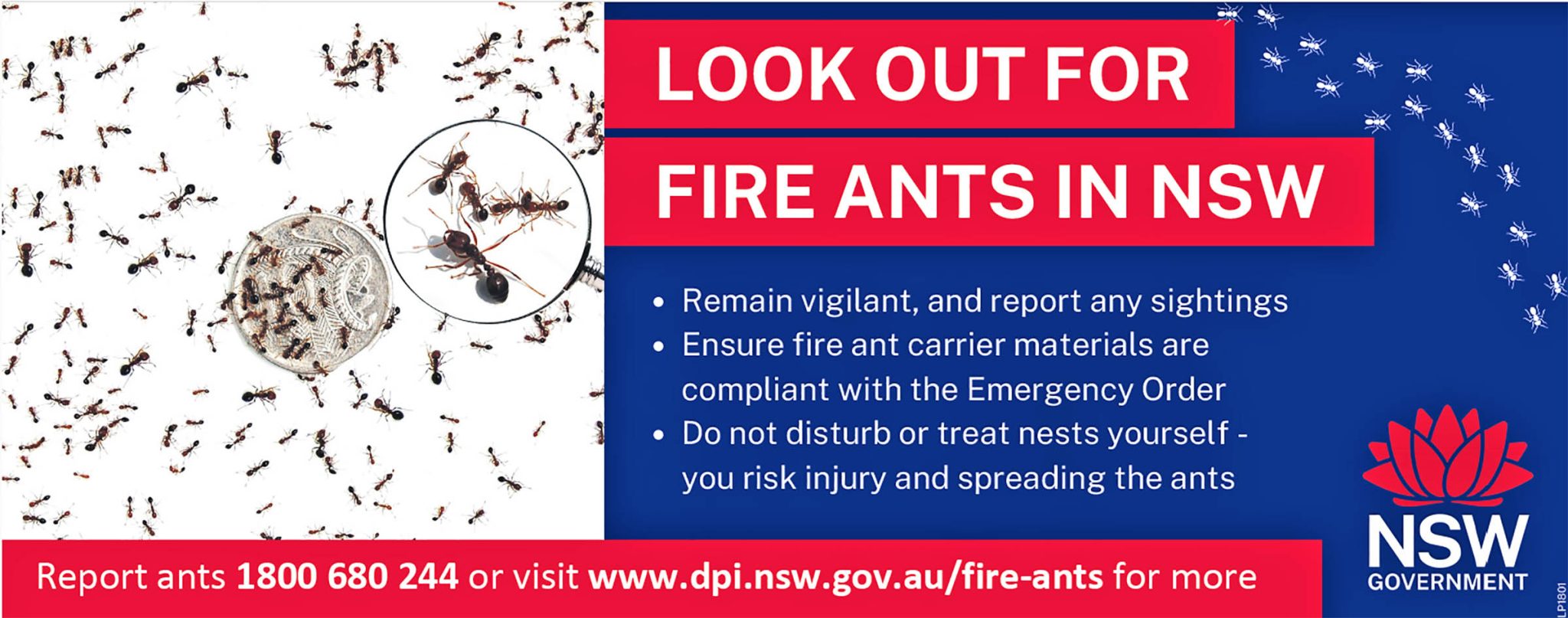ABOVE: Dr Jurriaan Beek talks to the audience about what he believes are the health risks of an incinerator.
Susanna Freymark
There were a few burning questions at a No Waste Incinerator Casino workshop held at Casino RSM Club yesterday, Saturday, March 11.
The State Government and Richmond Valley Council call it a waste to energy facility.
Those opposing it call it a toxic incinerator.
About 100 people were at the workshop, coming from Casino, Lismore, Yamba, Iluka and Byron Bay.
Jo Immig from the National Toxics Network said this wasn’t just a local issue.
“This is the dirtiest form of energy,” Ms Immig said.
“This is not just a Richmond Valley issue. It is a Northern Rivers issue.”

Former Richmond Valley councillor Jill Lyons said council refused to call it an incinerator.
“Both Richmond Valley Council and the State Government need to come clean and answer our questions,” Ms Lyons said.
At the workshop there were video link-ups with National Toxics Network campaign coordinator Jane Bremmer who spoke about incinerators in Western Australia and with Rod Thiele from Tarago, NSW – where residents were fighting a development application for a waste to energy facility in their town.
“We have a significant landfill and we take 40% of Sydney’s waste,” Mr Thiele said.
“The NSW Government has proposed an incinerator on the same land.”
The State Government has cited four locations for a waste to energy facility – Goulburn (Tarago), Parkes, Lithgow and Richmond Valley.
Casino’s Reynolds Road industrial site is the potential place for such a facility.

Council is staying tight-lipped on its plan for the industrial site until the Regional Jobs Precinct draft report is put on public exhibition in August this year.
Local doctor Jurriaan Beek spoke to the audience at the workshop.
Dr Beek has been a GP for 42 years and has delivered 2500 babies in Casino. He was an industrial chemist with BHP many years ago, testing airborne particles.
He is opposed to the incinerator.
“The incinerator is the biggest risk to the health of our community,” Dr Beek said.
His concern was about the ash and gas left over from burning rubbish.
“Four tonnes of waste converts to 11 tonnes of gas and one tonne of ash,” he said.
Dioxins come out of the chimney and go into the air and drift around, he said.
“It travels on the wind. Onto farmland. Cows eat the grass and we eat the meat and drink the milk.”
The ash remnants from burning rubbish contains lead and mercury. The gas combines with the moisture in the air and creates nitric acid, sulphuric acid and we will get acid rain, Dr Beek said.
“Dioxins cause cancer, like cigarette smoke,” he said.
This impacts children, fertility in men and the dioxin compounds destroy lung tissue, he said.
He repeatedly used the word “terrible” and said an incinerator in Casino would devalue everything in the town.
Dr Beek said the State Government is choosing less populated places to site the waste to energy facilities.
“We deserve the same clean air as people in Sydney,” he said.
He believed the government had deliberately chosen low socioeconomic regions as residents were less likely to complain.
He urged people not to tolerate an incinerator being built in Casino.
Ms Immig said Casino will wear the stigma of having an incinerator.
While everyone acknowledges the issue of landfill, incinerators are not the answer, according to Ms Immig.
“It’s locking us into a technology that should be on its way out,” she said.
“It’s a polluting technology.”
There are about 2000 incinerators around the world, mainly in Europe and Japan.
Ms Immig said the companies running the facilities had to process a certain amount of waste to be viable and to meet contractual obligations.
The questions for the State Government about funding the waste to energy facilities, the choosing of the sites and looking at other waste disposal alternatives to landfill remain unanswered for this protest group.
“This is a State Election issue,” Ms Immig said.
The group is on Facebook at Residents against the Richmond Valley Incinerator




